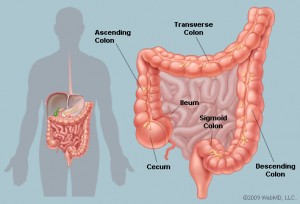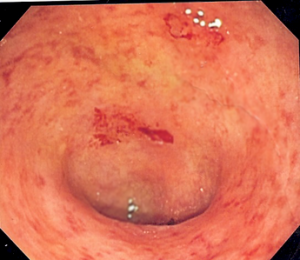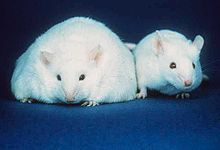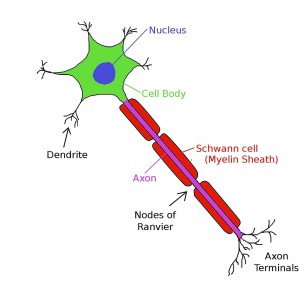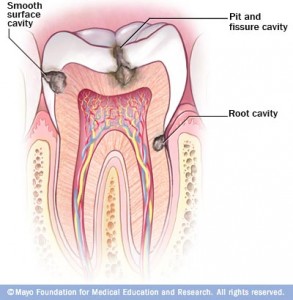Today many people are suffered by the Colitis in this day. I also have the Colitis and still I have to regulate foods and exercise for recovering my intestine. Today I want to discuss about the Colitis in this blog.
Before I start to talk about the Colitis, I want to explain about the colon. Colon is the part of the Large intestine inside our body. People can absorb water, nutrients, and other vitamin or elements inside this colon. Also waste products are removed as feces. However, this colon can be infected and causes Colitis.
Infectious ColitisThere are many bacteria in this colon. However, not all these bacteria are useful in the colon. Viruses and bacteria can cause colon infections by food poisoning or mutation. Also contaminated water can cause Infectious Colitis.
The large intestine is filled with many arteries. The reason is for absorbing nutrients into the blood from the colon. However these arteries can cause Ischemic Colitis. These arteries can be narrowed by disease, stress, or the twist of intestine. Therefore the blood can not transfer oxygen and nutrients into the blood. Finally, the colon will be inflamed.

pictures of Colitis Photo credit to epharmapedia [http://www.epharmapedia.com/diseases/profile/1090/Pseudomembranous-colitis.html?lang=en]

[Credit to Medical Symptoms TV, access on Mar 13th 2016]
These infections of Colitis can cause diarrhea by the bacteria and contaminated water or foods. Also the inflammation of the colon will cause pain, fever, and fatigue. The reason is that the nutrients and oxygen are limited by the less absorption from the intestine. Also Colitis causes joint swelling, skin inflammation, or the pain in the intestine. The bacteria and virus destroys the normal pattern of muscle contraction in the large intestine and less amount of water is remained in the intestine by the diarrhea. Therefore, the feces in the large intestine cause pain in the colons. Therefore, bleeding and injury in the colon are occurred.
PreventionMost of the Colitis is caused by the bad food habit. Therefore, the patient should reduce to eat meat, alcohol, or other junk foods. Also the patient should quit smoking and trying to exercise and eat fibers and vegetables. Finally, the patient should avoid contaminated foods and do not have stress.

